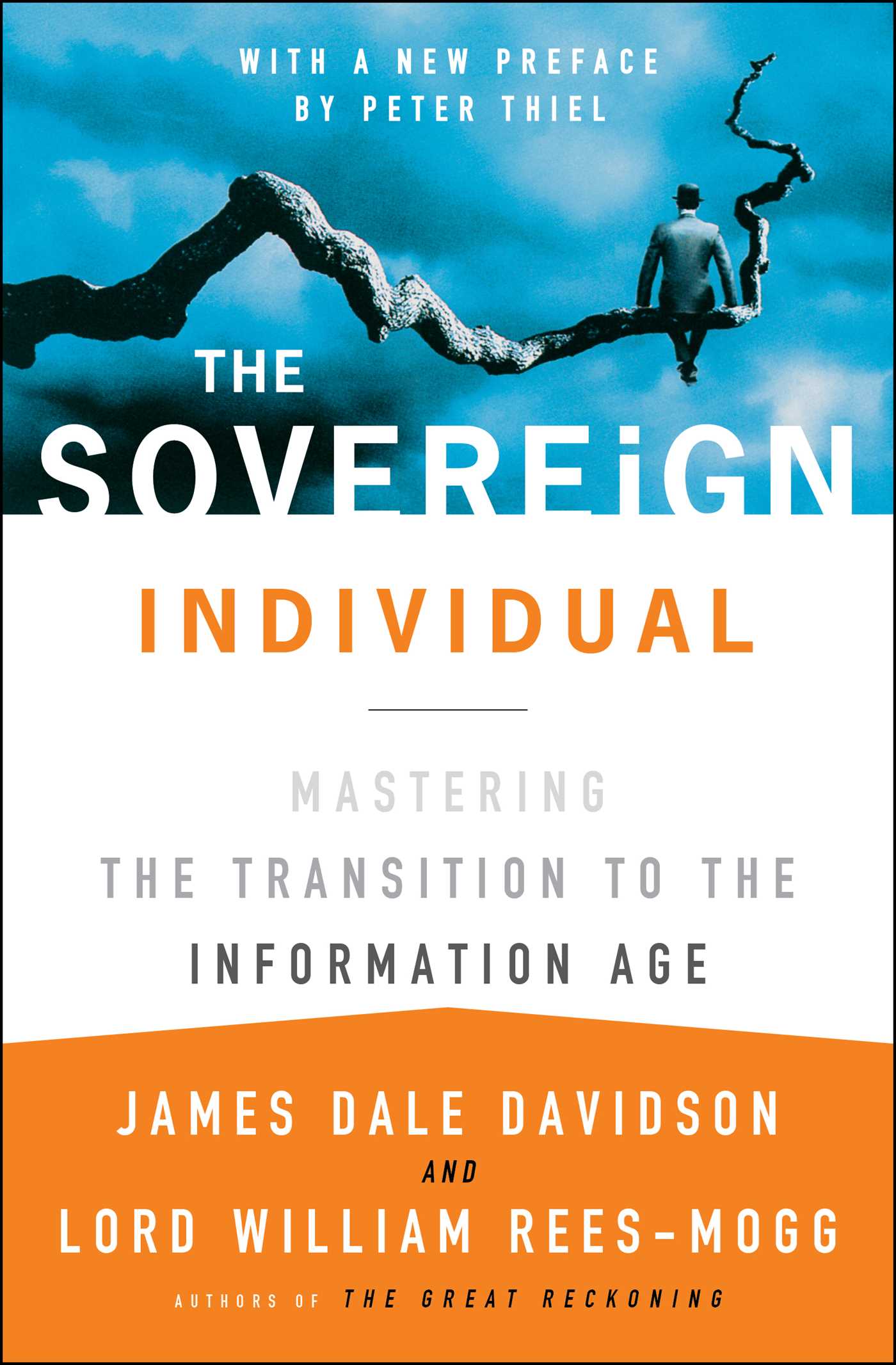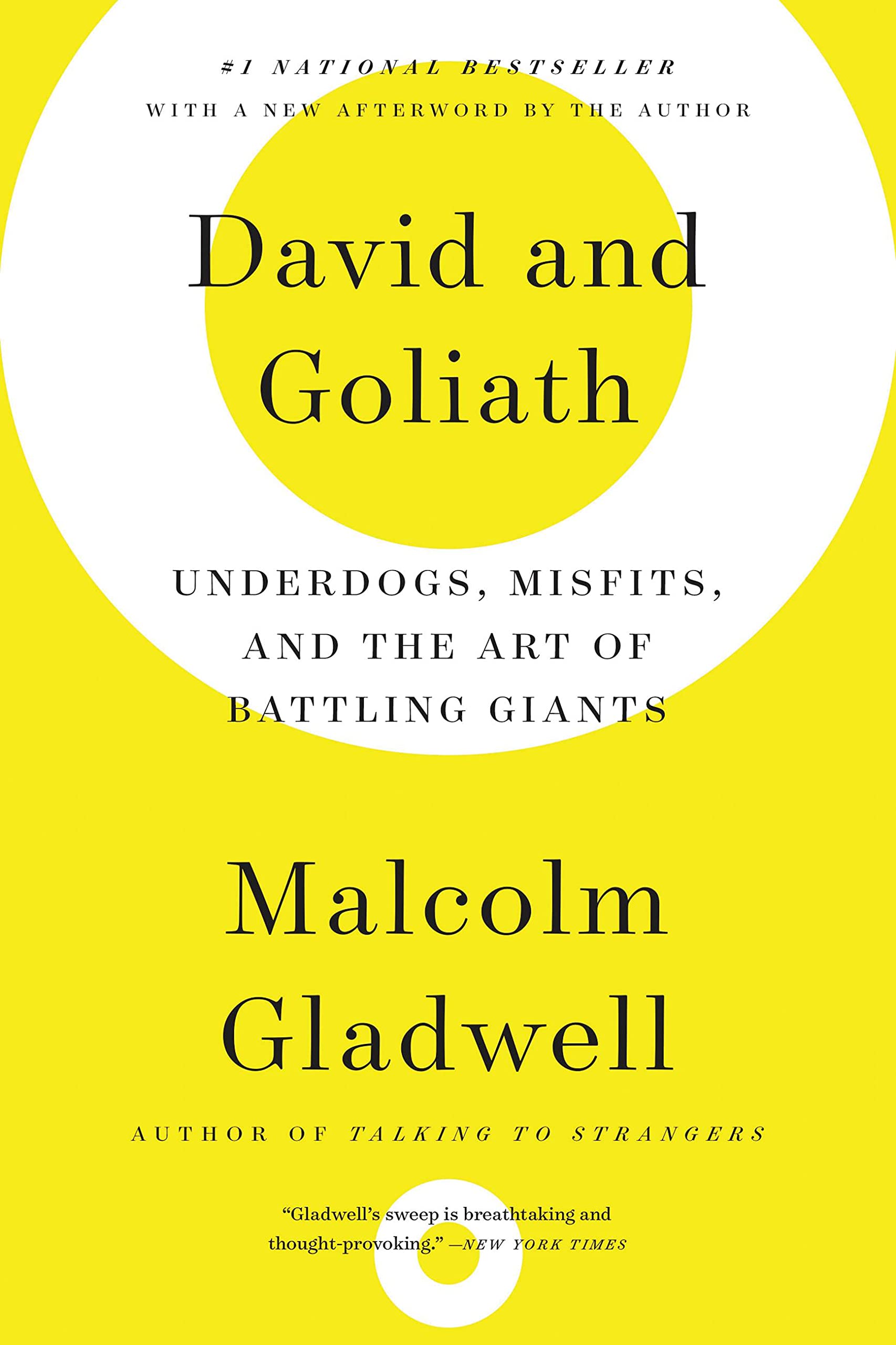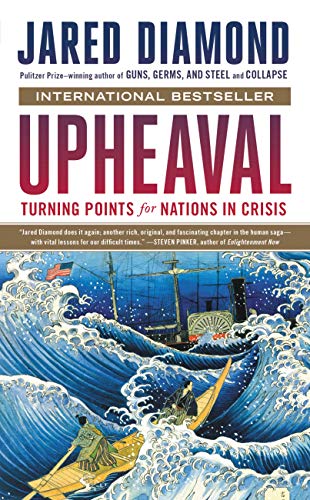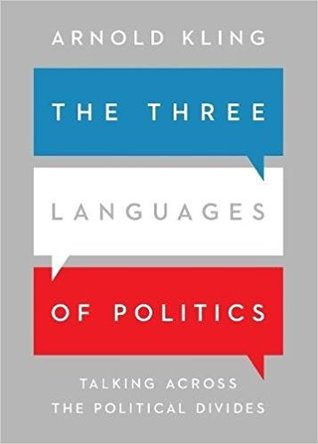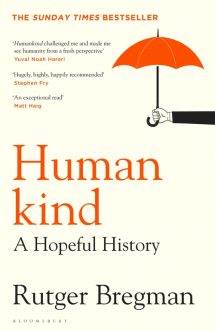The Changing World Order
by Ray Dalio
- History
- Ashto =
- Jonesy =
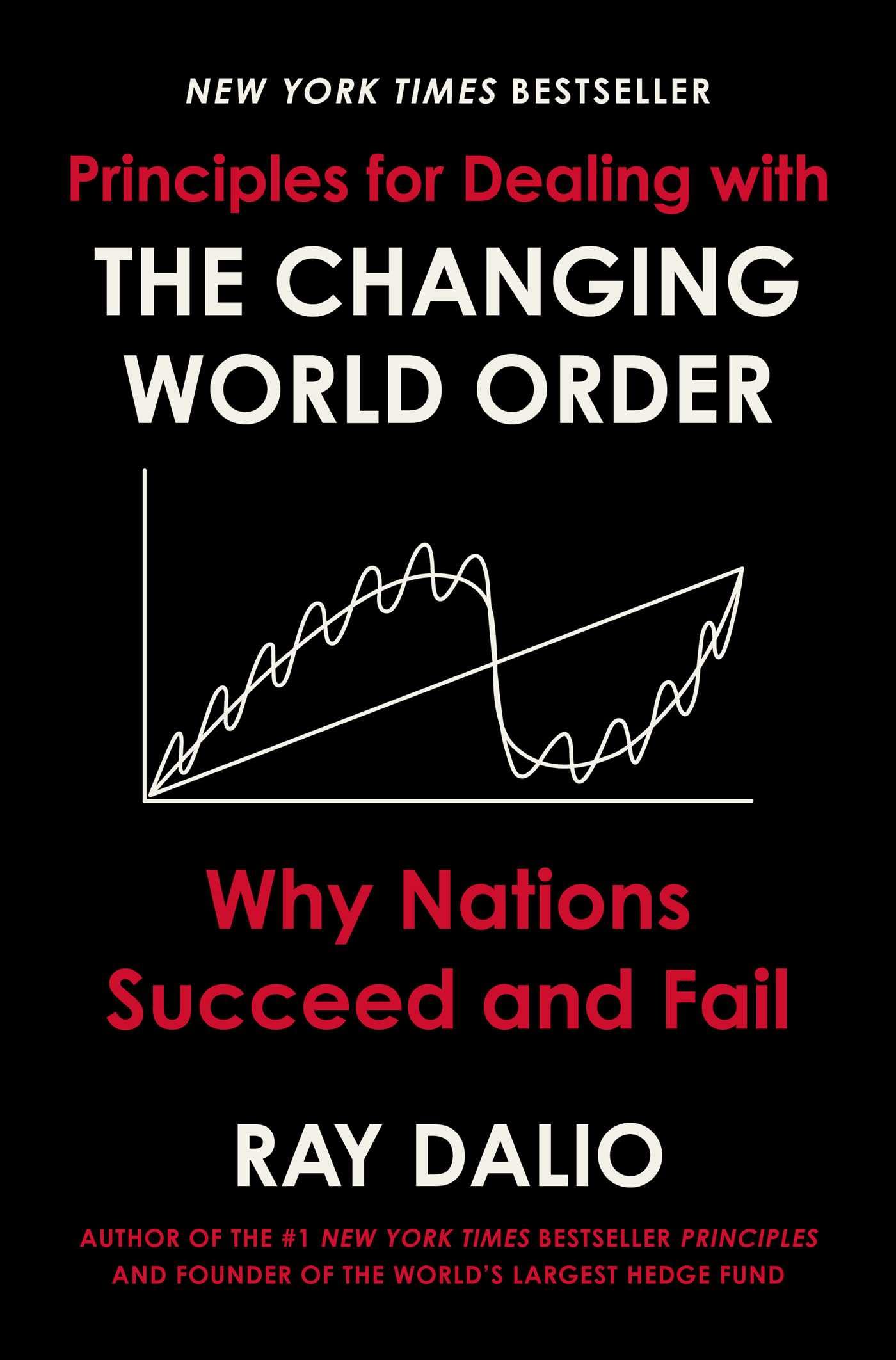
What You Will Learn from The Changing World Order
This week, Ashto and Jonesy delve into history’s most turbulent economic and political periods through the New York Times bestseller Principles for Dealing with the Changing World Order. In this book, the legendary investor and author of Principles Ray Dalio immerses us in his study of major empires and compares the successes and failures of all the world’s major countries throughout history. With 50 years of experience studying global economies and markets, Dalio reveals the timeless and universal forces behind these shifts and uses them to predict our future. Principles for Dealing with the Changing World Order is a highly insightful book that offers the practical principles to prepare ourselves for future monumental events.
Over the last 50 years, Dalio’s had to understand the critical factors that make countries and their markets succeed and fail. He learned to anticipate and handle situations that he had never faced before. A few years ago, Dalio observed the emergence of several significant developments that hadn’t happened in his lifetime but had occurred many times in history. Consider the following examples:
- The confluence of massive debts and zero (or near zero) interest rates led to massive printing in the world’s currencies. Like we’ve experienced almost worldwide for the last 3-4 years.
- Due to the wealth, political and value gaps in roughly a century, significant political and social conflicts within countries. Like we’ve seen almost worldwide for the last 8-10 years or more, ramping up now.
- A rising new power challenges the existing world power and world order. Like China challenging the US today.
These big cycles swing from peace and prosperous periods to depression, revolution and war. It is very rare that a country in a century doesn’t experience at least one harmonious period and one destructive period. Yet many people still believe that the future will be a slightly modified version of the recent past, so these momentous events are surprising unless you’ve studied the patterns of history over many generations. Anyone who studies history can see that no system lasts forever, yet almost everyone is surprised and ruined when they fail. The Changing World Order reviews these cycles through case studies from the past and shows us a glimpse at what might be in the future.
THE RISE
The rise begins when there is strong and capable leadership to gain power and design an excellent system to increase the country’s wealth and power. For example, at their peak, the Dutch had produced a quarter of the major inventions in the world, including ships and capitalism.
As a country trades more globally, it must protect its trade routes and foreign interests. It needs to develop great military strength to defend itself from potential attacks. If done well, this cycle leads to strong income growth. Even China, run by the Chinese communist party, uses a state capitalism approach to incentivise and enable people to incentivise and financially enable the country well. To achieve this, they need to have developing capital markets and strong lending, bond, and stock markets. The Dutch created the first publicly listed company, the Dutch East India Company. As a result, all of the greatest empires developed the world’s leading financial centre for attracting and distributing the capital of their times. As the country expands its international dealings, its transactions can be paid in its currency, and the people worldwide would want a save on it. This trend is how a currency becomes the world’s leading reserve currency, which enables the country to borrow more at lower rates than other countries. All empires that became the most powerful in the world had previously followed this path to reach the top.
THE TOP
In the top phase, a country sustains the successes that have fuelled its rise. But people from other countries naturally copy the methods and technologies of the leading power, which further reduces the leading country’s competitiveness. For example, British shipbuilders hired Dutch designers to design better ships built by less expensive British workers, which led the British to rise and the Dutch to decline. As people in the leading country become richer. They tend not to work as hard. They enjoy more leisure, pursue the finer and less productive things in life, and become decadent at the extreme. When you’re at the top, your values tend to change.
At the top, the leading country’s financial picture begins to change. Having a reserve currency gives it the exorbitant privilege of being able to borrow more money, which gets it deeper into debt. This boosts the leading empire’s spending power over the short term and weakens it over the long run. Inevitably, the country begins borrowing excessively, which contributes to the country’s accumulating debts with foreign lenders. While this boosts spending power short term, it weakens the financial health and currency in the long term. In other words, when borrowing and spending and strong, the empire seems strong. But its finances are being weakened because the borrowing sustains the country’s power beyond its fundamentals by financing both domestic overconsumption and international military conflicts.
Also, the costs of maintaining and defending the empire become greater than the revenue coming in. So having an empire becomes unprofitable. For example, when the British empire became massive, bureaucratic, and lost its competitive advantage as rival powers, Germany soared, leading to an increasingly expensive arms race and world war. The richer countries get into debt by borrowing from poorer countries that save more – that is one of the earliest signs of a wealth and power shift.
THE DECLINE
Typically the country’s decline comes gradually, and when debts become very large, an economic downturn happens, and the empire can no longer borrow money to repay its debts. This creates a domestic hardship and forces the country to choose between defaulting on its debts or printing a lot of money.
Plummeting financial and economic conditions typically lead to immense wealth, values and political gaps, increasing internal conflicts between the rich and poor, and different ethnic, religious, and racial groups. These disagreements lead to political extremism that shows up on the right or the left. The left-wing seeks redistribution of wealth whilst the right-wing seeks to maintain wealth in the hands of the rich.
This is called the anti-capitalist phase–when capitalism, capitalists and the elites, in general, are blamed for the problems. Typically during such times, the taxes on the rich rise, and in fear of losing their wealth, the rich would move their assets to places and currencies they trust more. These outflows reduce a country’s tax revenue, which leads to a classic self-reinforcing, hollowing-out process. These conditions undermine productivity, shrink the economic pie, and cause more conflict on how to divide the shrinking resources.
As the conflict within the country escalates, It leads to some form of revolution or civil war to redistribute wealth and force big changes. This process can be peaceful and maintain the existing order, but it often turns violent and changes the order. For example, Roosevelt’s revolution to redistribute wealth was relatively peaceful, whilst the revolutions in Germany, Spain, Russia, and China, which also happened in the 1930s, were much more violent.
Conclusion of The Changing World Order
A rising great power capable of challenging the existing authority and world order increases the risk of great international conflict–especially if there is an internal conflict within the current great power. Typically other international opponents will seek to exploit this domestic weakness, which is especially risky if the rising global power has a comparable military.
Defending oneself against foreign rivals requires great military spending, which must occur even as economic conditions deteriorate. As bolder challenges are made, the leading empire faces the difficult choice of fighting or retreating. Fighting and losing are the worst, but retreating is bad because it allows the opposition to progress. Poor economic conditions cause more battle for wealth and power, which leads to some war. Wars are costly. At the same time, they produce the necessary tectonic shifts that realign the world order to the new reality of wealth and power. When those holding the reserve currency and debt of the declining empire lose faith and sell them, it marks the end of its big cycle.




